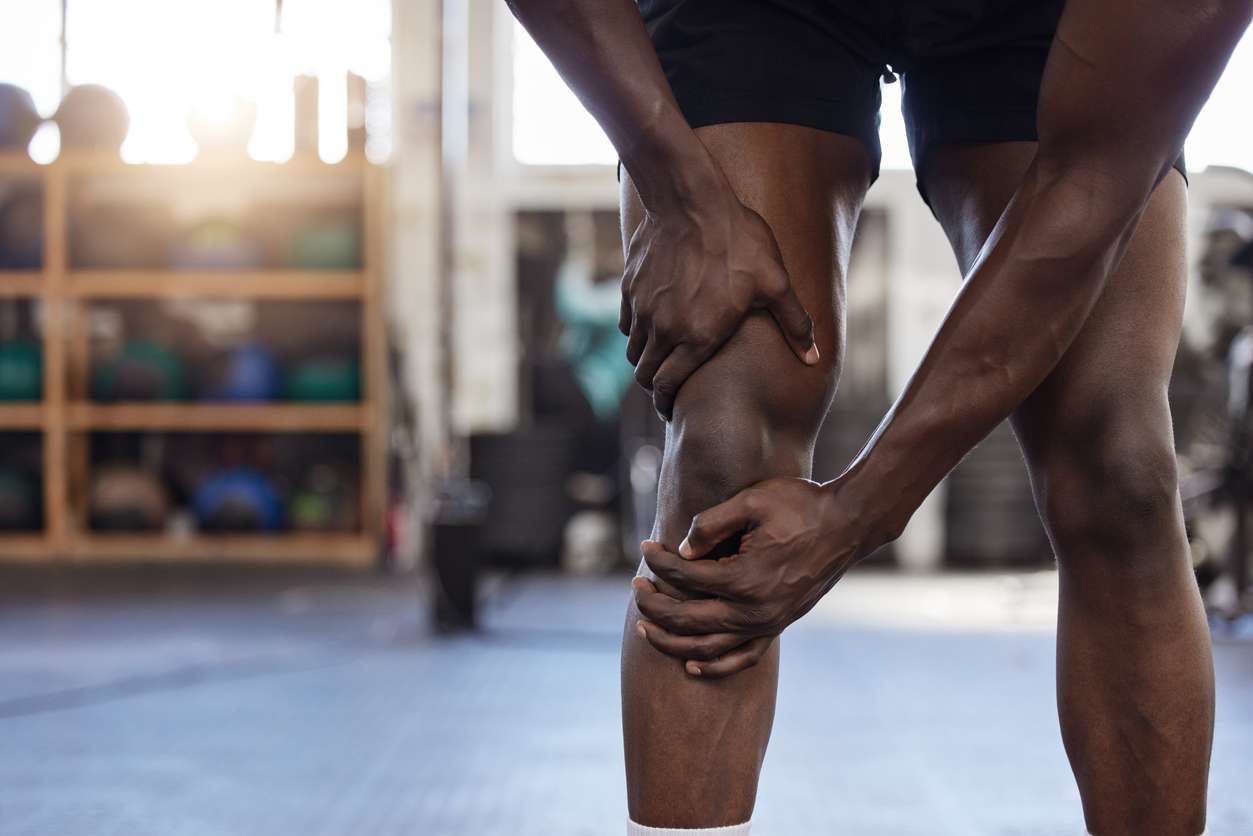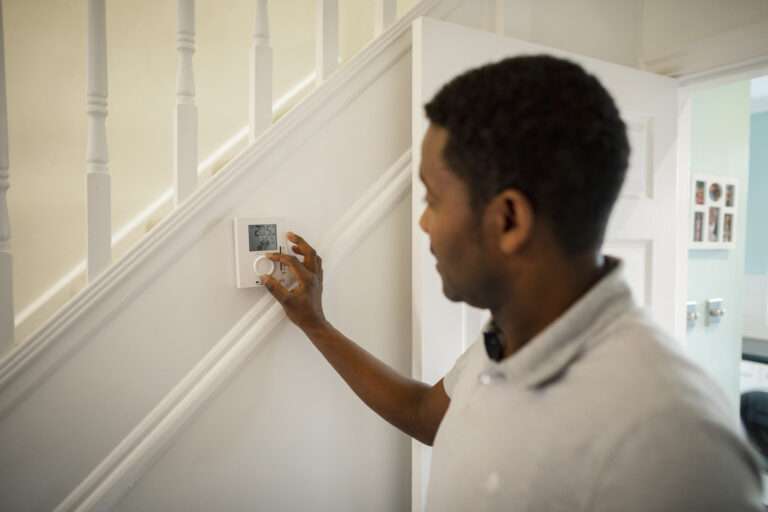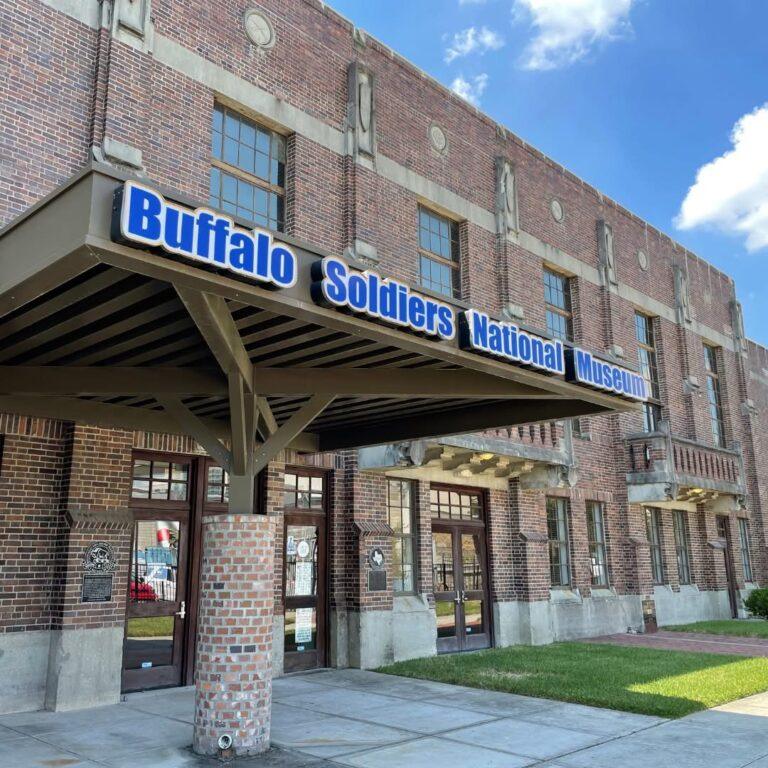Vein disease, also known as venous insufficiency, is a condition that affects millions of people worldwide. While it’s commonly associated with women, men are also susceptible to this condition. However, due to societal norms and misconceptions, vein disease in men often goes unrecognized and untreated. In this article, we’ll explore vein disease from a men’s health perspective, discussing its causes, symptoms, and treatment options.
What is Vein Disease?
Vein disease, or venous insufficiency, occurs when veins struggle to send blood from the limbs back to the heart, leading to issues like:
- Chronic Venous Insufficiency: Long-term poor blood flow causing swelling, skin changes, and ulcers.
- Varicose Veins: Enlarged, twisted veins visible under the skin, typically in the legs.
- Spider Veins: Small, web-like veins on the skin’s surface.
- Deep Vein Thrombosis: Blood clots in deep veins, which can become life-threatening if they reach the lungs.
Prevalence and Risk Factors in Men
Studies suggest that around 45% of men will experience some form of vein disease in their lifetime. Risk factors include:
- Genetics: A family history of vein disease.
- Age: Increased likelihood with age.
- Obesity: Extra weight strains veins.
- Prolonged Standing or Sitting: Jobs requiring long periods of inactivity.
- Lack of Physical Activity: Poor circulation due to inactivity.
Symptoms to Watch For
Men often ignore early signs, mistaking them for aging or fatigue. Symptoms include:
- Aching or heaviness in the legs
- Swelling, especially in the lower legs and ankles
- Itching around veins
- Skin discoloration or texture changes
- Visible, enlarged veins
Ignoring these can lead to serious complications like leg ulcers and blood clots.
Diagnosis and Treatment
Early diagnosis is crucial. Doctors use physical exams and ultrasounds to assess vein function.
Treatment Options:
- Lifestyle Changes: Exercise and weight management improve symptoms.
- Compression Therapy: Compression stockings support veins and enhance blood flow.
- Medications: Pain and swelling can be managed with medication.
- Minimally Invasive Procedures: Sclerotherapy, laser treatments, and radiofrequency ablation treat varicose and spider veins.
- Surgical Options: Severe cases might require vein stripping or other surgeries.
Preventive Measures
Men can take steps to reduce the risk of vein disease:
- Stay Active: Regular exercise boosts circulation.
- Maintain a Healthy Weight: Reduces strain on veins.
- Elevate Legs: Helps reduce swelling.
- Wear Compression Socks: Useful during long periods of standing or sitting.
- Avoid Tight Clothing: Restrictive clothing can hinder blood flow.
Vein disease in men is a significant yet often overlooked health issue. By understanding its causes, symptoms, and treatment options, men can proactively manage their vein health. If experiencing symptoms, consulting a healthcare professional for personalized advice and treatment is crucial. Reincke Vein Center offers free consultations for patients to ensure that they are given professional medical advice without the financial burden. Prioritizing vein health contributes not only to physical well-being but also to overall quality of life.
For more information, visit Reinckeveincenter.com.
Or visit our Sugar Land office at:
Reincke Vein Center
1111 Highway 6, Suite 170 Sugar Land TX
Phone: 281-394-4446








